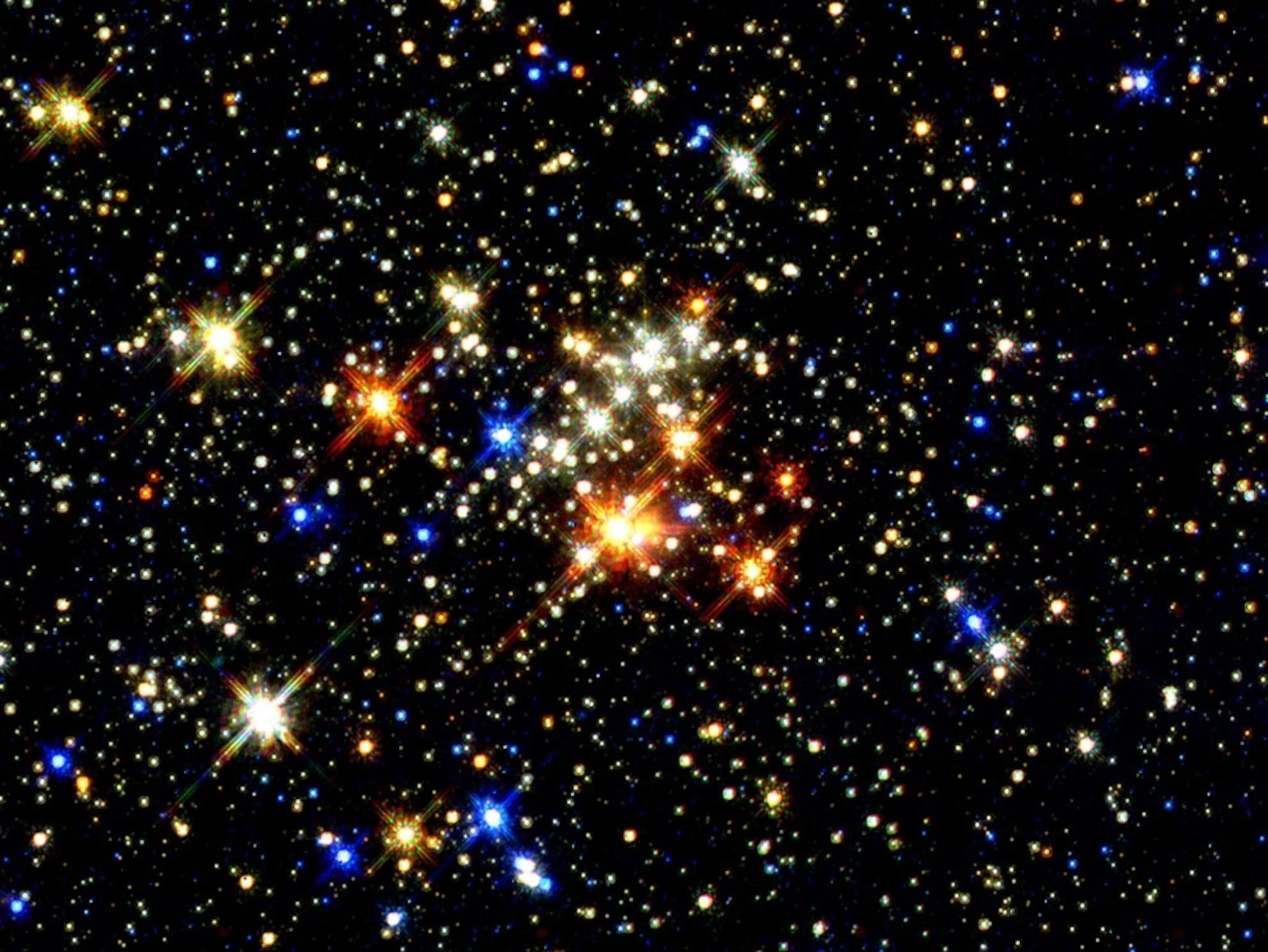A Mississippi State University astrophysicist is going lightyears beyond star-gazing as she helps lead the science portion of a recently approved collaborative $19.5 million Landolt NASA Space Mission that will put an artificial star in orbit around the Earth.
This artificial star will allow scientists to calibrate telescopes and more accurately measure the brightness of stars ranging from those nearby to the distant explosions of supernova in far-off galaxies.
By establishing absolute flux calibration, the mission will begin to address several open challenges in astrophysics including the speed and acceleration of the universe expansion.

Photo credit: Megan Bean
Angelle Tanner, an MSU associate professor in the Department of Physics and Astronomy, serves as the science-PI on the Landolt Mission, part of the NASA Astrophysics Pioneers program. She is managing a sub-grant of $300,000 for the project. For more on the Pioneers Program, visit https://science.nasa.gov/astrophysics/programs/astrophysics-pioneers/.
Tanner’s work on the mission relies on cubesats—small satellites orbiting Earth.
“The program includes a cubesat and a set of ‘ground stations,’ which are telescopes,” Tanner said. The cubesat contains four lasers which are specially calibrated by The National Institute of Standards and Technology, an agency of the U.S. Department of Commerce.
“As the cubesat flies over a location, the ground stations will observe the cubesat in the same frame as their science target. The point is to use the image of the laser to determine the amount of starlight being absorbed by the Earth’s atmosphere. This will reduce the uncertainties in the value of the brightness of the star from 10 percent to one percent. That makes a difference when propagated into the properties of exoplanets and, believe it or not, some of the parameters used to determine the structure of the universe.”
Working with the team at George Mason University in Virginia—including Landolt Mission lead PI, George Mason Associate Professor of Physics and Astronomy Peter Plavchan—the mission is named in honor of LSU Professor Arlo Landolt, who Tanner calls the “the father of photometry.” To follow the mission’s progress, visit www.landolt.gmu.edu. For additional information on the mission, contact Tracy Mason, assistant dean of strategic communications and marketing at George Mason University, at tmason11@gmu.edu or call 703-229-2030.
Tanner is part of a group of scientists launching a new telescope to the moon’s surface, known as L-CAM1 last year but now updated to LUSTRESSO, and in 2020 was part of a collaborative group that discovered a new planet orbiting a nearby star 31.9 light-years away. Named AU Mic b, the planet is orbiting AU Microscopii, a nearby cool red dwarf star surrounded by a debris disk.




